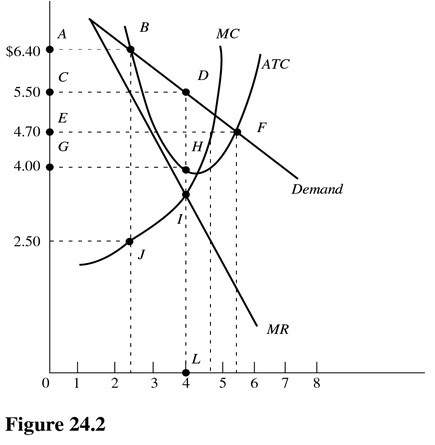The Constitution:
a. empowers each state to negotiate its own treaties with foreign governments.
b. empowers the Congress to pay off all public debts, including those incurred by the states.
c. allows for states to set tariffs on goods imported from another state.
d. allows only the Congress to set tariffs on goods moving from one state to another.
b. empowers the Congress to pay off all public debts, including those incurred by the states.
You might also like to view...
With regard to incomes at the time of the Revolution,
(a) colonial incomes before taxation were high, but because of heavy taxation, after-tax incomes were lower than those of the British. (b) there is no data available that provide any information on the subject. (c) both before-tax and after-tax colonial incomes were lower than those in England. (d) incomes in the colonies were higher than in England, especially after-tax incomes, because of relatively light taxation of the colonists.
In a recessionary gap, the implications of downward wage inflexibility are that there will be
A) further leftward shifts of AD that worsen unemployment. B) no further leftward shifts of AD, allowing the shifts in SRAS to close the recessionary gap. C) no further leftward shifts of SRAS, allowing the shifts in AD to close the recessionary gap. D) no rightward shifts of SRAS, allowing for the possibility of persistent high unemployment.
If a union argues that a price cut will boost revenues of the firm and management argues that the opposite is true, then the price elasticity of demand is:
A. perfectly inelastic from the union's perspective and perfectly elastic from management's perspective. B. inelastic from the union's perspective; elastic from management's perspective. C. elastic from the union's perspective; inelastic from management's perspective. D. unit-elastic from the union's perspective and unit-inelastic from management's perspective.
 In Figure 24.2, the profit-maximizing monopolist will earn a profit per unit of
In Figure 24.2, the profit-maximizing monopolist will earn a profit per unit of
A. $5.50. B. $1.50. C. $4.00. D. $4.70.